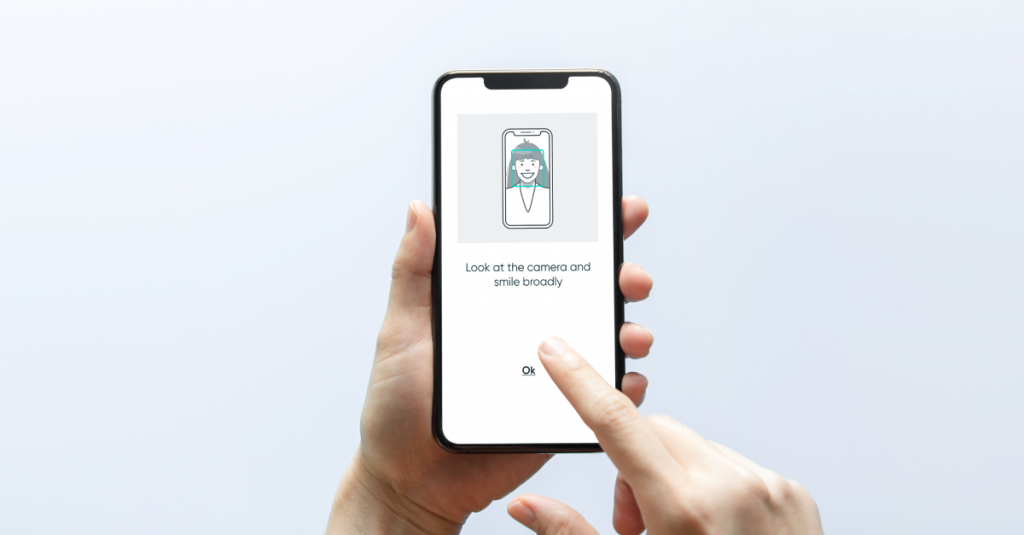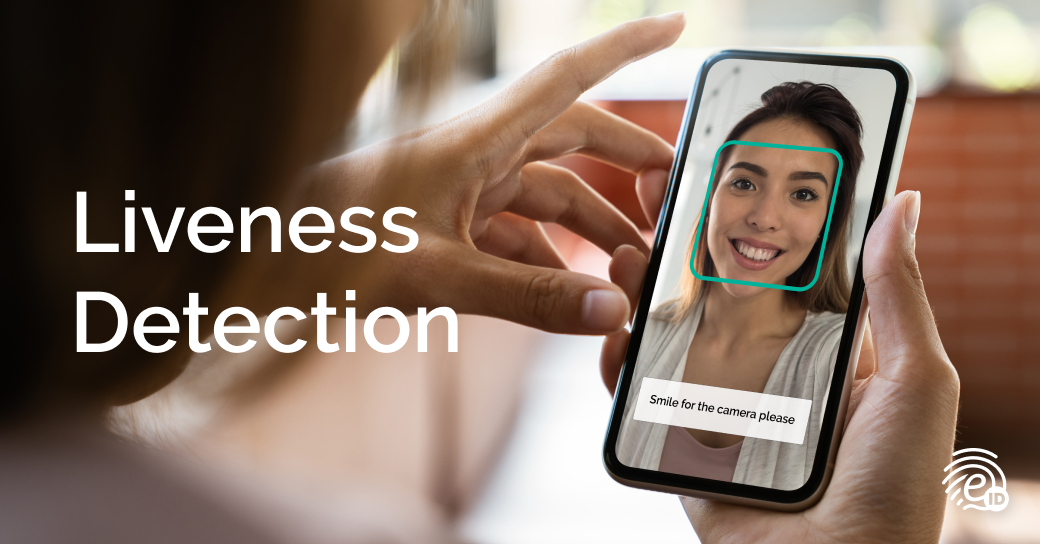Liveness detection for face recognition in biometrics is the ability of a computer system to detect if the person in front of the camera is alive and real.
It detects if the person in front of the camera is the one he or she claims to be, if that person is acting by his or her own free will, or if someone else is trying to commit fraud by showing a picture or a video of that person, or even using a face fake mask.
What is liveness detection?
Facial liveness detection’s biometrics refers to the use of computer vision technology to detect the harmless presence of a live user, rather than a representation such as a picture, a fake video or a mask.
Presentation Attack Detection (PAD) technologies can use either active or passive face liveness detection methods. Although often associated with face recognition liveness detection, it can also be applied to voice recognition to distinguish people present in front of the scanner, to speakers recording audios or in all scanning situations.
It also can identify and detect fingerprints and palm print biometrics for example, by detecting vital signs, blood flow, and even facial spoofing with liveness detection using pupil tracking and irises recognition, which is one of the most effective biometric detection methods to discover and prevent digital identity theft and fraud, as our solution SmileID.
How does face recognition liveness detection work?
Liveness detection for face recognition with biometrics, uses each person’s unique biological identifiers to verify their identity with maximum accuracy and minimum error.
This authentication is based on the biometric heritage of each person and is the best advance in authentication consisting of the possession of unique and irreplaceable data from each human being.
This information is undoubtedly very difficult to modify, and research is being carried out to create systems for face liveness detection, that can detect facial spoofing without errors or mistakes.
For all these reasons, biometric authentication is susceptible to spoofing threats, which attempt to bring down a real biometric authentication process of liveness detection for face recognition.
Such attacks are odd, and efforts are being made to prevent them at all costs with depth sensing solutions for face liveness detection. These system failures can be in different forms of biometrics. For example, in fingerprints, detection of a person’s face, analysis of irises, voice or the individual’s heartbeat and rhythm. Although biometric systems were not so reliable, it has been possible to develop completely secure systems thanks to AI.
Use cases of anti-spoofing face recognition with liveness detection using pupil tracking
Firstly, there are several sensing solutions for face liveness detection techniques to prevent threats of biometric spoofing, from “active” anti-spoofing methods to “passive” anti-spoofing techniques.
The most popular ones for general sensing solutions for face liveness detection, use in commercial applications are the ones that only require computer vision. These techniques that use depth sensors, can be applied to a simple video streaming performed by a customer using only the phone camera.
For electric power stations, border access control, and other high security facilities, advanced face liveness detection techniques are applied, and even a combination of several ones.

The active anti-spoofing face recognition liveness detection’s techniques, demands the user to perform some movement in front of the camera such as blinking or moving a part of their bodies like anti-spoofing in face recognition with liveness detection using pupil tracking that we have seen in films.
Among the active anti-spoofing liveness detection for face recognition’s techniques, the most used are eyes blinking and smiling detection, like SmileID by Electronic IDentification, used for authentication with face liveness detection and recognition.
SmileID, checks identity remotely in a few seconds, verifying the vitality of the person by making them smile with the support of AML5 and eIDAS regulations for using this technology.
Advantages of using SmileID
- It is the most trusted solution for our customers as it provides verification of the user’s identity through video identification.
- This solution is applicable in all channels, which allows its use in all channels, increasing customer enrollment in seconds.
- The KYC process with SmileID is totally secure and the user experience is pleasant, easy and agile for the customer.
- SmileID, is the solution that authenticates and verifies the user in a matter of seconds, in which a proof of life is recorded using the face and a video is recorded while artificial intelligence verifies the biometric pattern of the person to avoid identity theft, in 1 minute.
Depth sensing solutions for face liveness detection
Passive anti-spoofing techniques such as anti-spoofing in face recognition with liveness detection using pupil tracking request a complex study of the face movements, facial expressions, and order commands for liveness detection for face recognition in video, that also it can detect the depth of the face.
However, the point is that these methods mentioned are prone to false rejections and capable of fooling face vitality detection systems, so it is important to use accurate and secure systems such as SmileID.
Try SmileID at first hand and request a free demo now.





